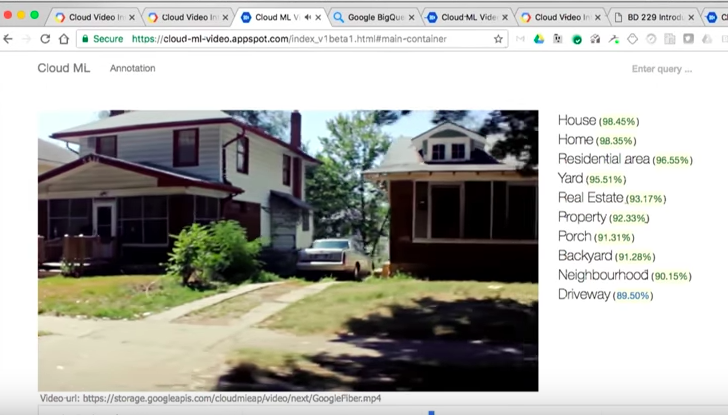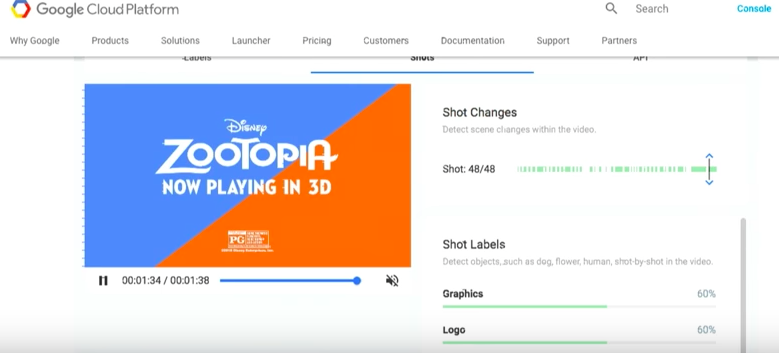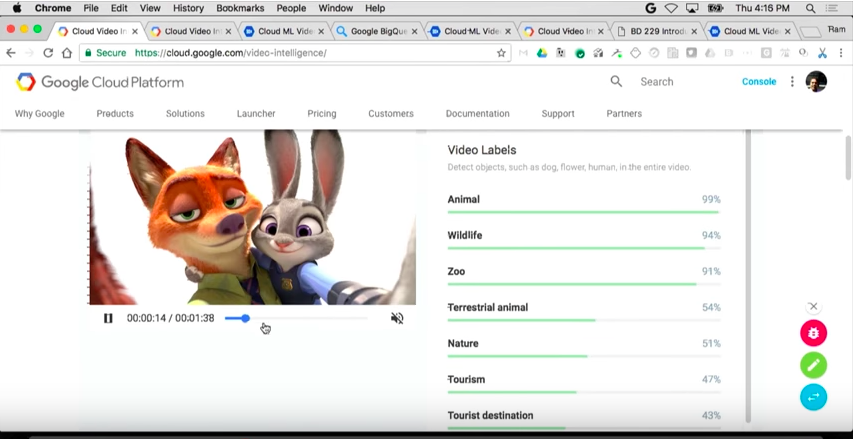How Google’s video intelligence API can affect your video SEO?
Google’s API can now identify the elements in your video.
Google made this announcement at its Cloud Next conference in San Francisco.
In the onstage demo, the API was able to look up for videos with beaches when a “beach” search was put up. In fact, when a video ad was played, not only did API identify dachshund in the video, it was also able to recognize that this video was a commercial.

Video SEO: The Future
Extracting information from video has been a challenge for machine learning researchers. Earlier, the only way to read video content was through manual tagging.
However, with Google’s Video Intelligence API (which can now extract information from the video), video SEO which was (and is) done through keyword placement, will take a backseat and is likely to become obsolete.

So how does video intelligence API work?
We watched the demo to gain a better understanding of how this whole process works.
Here are the two aspects which caught our attention: Label detection and Shot change detection.
Label detection identifies video objects.
Shot detection depicts the scene changes in a video and shot labels list out the objects in that particular scene. Take a look:

Note: For homogenous videos that do not change context, the video labels hold more relevance as there is uniformity throughout the video as compared to a video which is heterogeneous.
Umm.. can video intelligence API also detect objects in an animated video?
Here is one of the shots from the Cloud Next conference:
As there is no shot label information for this particular part of the video, it is difficult to answer this question at the moment. Once the update is out, we will have our answer.
How will this feature impact video marketing?
For now, keywords are used to optimise video for SEO. But with this announcement, things are going to change for the marketers.
This seismic shift is likely to drive out the black hat marketing techniques.
Once this feature rolls out in Google’s next algorithm update, more importance will be given to websites which use keywords naturally since video tagging will not play the same role once Google knows what is in your video.
Time to brace?
Using fake video metadata will no longer bring traffic. With manual keyword tagging out of the picture, videos with rich content will be given preference in the search results.
Since the API is able to identify and label the key noun entities in a video, this means that superficial tagging won’t help in getting better ranks.
So it is time to focus on creating great video content and optimizing other video metrics.

Subscribe to Crackitt's Visual Marketing Workshop
Get exclusive visual marketing lessons and business growth hacks right inside your inbox.













